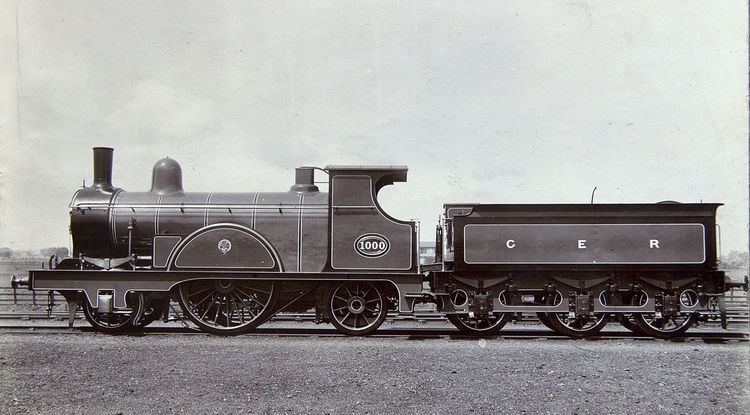Power type Steam Total produced 21 | Designer James Holden Build date 1889–1893 | |
 | ||
The GER Class D27 was a class of 2-2-2 steam tender locomotives designed by James Holden for the Great Eastern Railway.
History
In 1888 Holden experimented by removing the side rods of T19 No. 721 to form a 2-2-2. In 1889 the first of a new class appeared: initially No. 740 (later 789 and 780) which had been built on a 'Locomotive and Machinery' account. This was followed by two batches of ten on the more normal 'Letter' account. in 1893. They were built with 18-by-24-inch (457 mm × 610 mm) inside cylinders powered by a 140-pound-force-per-square-inch (965 kPa) boiler. They were later rebuilt with 18-by-25-inch (457 mm × 635 mm) and 160-pound-force-per-square-inch (1,103 kPa) boilers.
One of their main spheres was on the Joint Line working expresses to York. In 1896 the class inaugurated the epic making non-stop run to North Walsham using oil-firing. Rous-Martin found that the singles climbed Brentwood Bank more rapidly than the 2-4-0s. See also Ahrons (1951).
Nine locomotives were withdrawn between 1901 and 1903. The surviving eight locomotives in the 770-series were transferred to the duplicate list in July 1904, and had their number prefixed with a "0". The remaining fourteen were withdrawn between 1904 and 1907.
